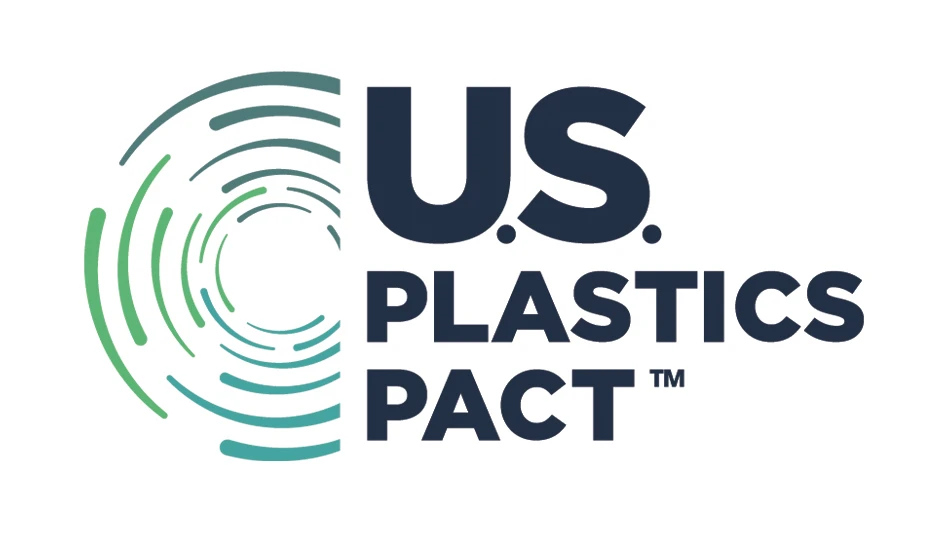With the growing number of auto shredding plants operating throughout Europe and North America, the residual material, known as auto shredder residue (ASR), generated by these operations has grown. Disposing of ASR has been a challenge for auto shredder operators.
Adding to the challenge, the state of California is looking at changing how it defines the material. If that occurs, auto shredder operators in the state, who have been shipping ASR to landfills to be used as alternative daily cover, would have to start disposing of that material in special landfills that cater to hazardous and toxic materials. This proposed change would increase auto shredder operators’ costs to dispose of their ASR.
WINDS OF CHANGE
After examining the piles of auto shredder fluff that were being treated and landfilled in the state, the California Department of Toxic Substances Control began to look at passing legislation that would prohibit the material from being deposited at municipal waste landfills as it has been under a state variance that was issued more than 20 years ago.
While auto shredders in the state have claimed that ASR poses no threat when landfilled, the Department of Toxic Substances Control has proposed a change that would treat the ASR as a hazardous material that would have to be transported under stricter conditions to special hazardous waste disposal sites.
In a recent Los Angeles Times article, Colleen Heck, senior staff counsel for California’s Department of Toxic Substances Control, says, "We’re seeing increased amounts of lead, zinc and cadmium in the waste stream, so we think it’s no longer appropriate to allow them to operate the same way" they have in the past.
If such legislation is passed, it could significantly increase ASR disposal costs. One industry observer claims the increased expense would essentially put most of the auto shredders in the state out of business. One equipment provider notes that the cost to landfill the material could increase by as much as 10 times the current disposal price.
A handful of companies have introduced processes and equipment to convert much of the ASR stream into a usable product, which could create a new revenue stream while also reducing the volume of ASR destined for disposal.
Why such interest in a quirky residual from the auto shredding process? Volume.
William Baumgartner of WZ Baumgartner and Associates Inc., a Franklin, Tenn.-based consultant to the automobile shredding industry, estimates that 15 million to 17 million tons of ASR are generated annually.
Baumgartner estimates that the average automobile generates from 370 to 450 pounds of ASR. With anywhere between 220 to 280 auto shredders operating in the United States (give or take, depending on market conditions), the overall available tonnage is significant.
While more sophisticated downstream sorting and separation systems have been able to extract more of the metals (both ferrous and nonferrous) from the shredded material, metals account for 2 percent to 3 percent of ASR, Baumgartner says. Years ago, nonferrous metals accounted for nearly 20 percent of the material.
As automakers seek to boost the energy efficiency of their vehicles, more plastics are being used in vehicles. Plastics have become a more sizable portion of the ASR stream, with Baumgartner estimating that perhaps 50 percent of ASR consists of plastics.
Several companies are taking different tacks to separate the various fractions contained in ASR.
MORE PLASTICS
Gary De Laurentiis, founder and president of Spokane, Wash.-based EnviroPlastics, which formed Plastic Conversion Technology (PCT) earlier this year with GeoBio Inc., has been working on a process to recover two different streams from ASR—one that is mostly plastic-based and can be sent to a plastics compounder and recycled back into a plastic product, and another stream comprised of foam and rubber that can be converted into energy.
The PCT system evolved from the USCAR Vehicle Recycling Partnership, which seeks ways to reduce the amount of ASR going to landfill.
Through a process that it calls Plasti-Stract, PCT extracts the plastics from ASR, removing any contaminants. The technology uses a combination of two liquefied gases under pressure. Once cleaned, the plastic is separated by density into three streams—PP/PE (polypropylene/polyethylene), ABS/HIPS (acrylonitrile butadiene styrene/high-impact polystyrene) and mixed plastics—using sink/float technology.
The sorted plastics fractions are then sent through a metal detector before being shipped to a plastics reclaimer.
The foam and rubber that are recovered through the Plasti-Stract process are converted into synthetic oil.
The company is in the process of building a system in Wisconsin and will begin using the ASR generated by Sadoff & Rudoy, a Wisconsin-based metal recycling firm with an auto shredder on site.
De Laurentiis estimates that the PCT process can extract all the plastics from ASR, which sharply reduces the volume of ASR that must be landfilled.
Germany-based SiCon GmbH, which has a marketing alliance with American Pulverizer in the U.S., also is tapping opportunities related to ASR. The company has three VW-SiCon systems operating in Europe with a total capacity of 200,000 tons per year, says Heiner Guschall, SiCon GmbH managing director. "A fourth plant is currently under construction in Slovakia, and a fifth plant will be started up in the second quarter of 2010," he says, noting that three additional plants are in the engineering phase.
SiCon’s VW-SiCon system can recover 80 percent of the ASR, Guschall says. "It is a key feature of our process that we produce products which are marketable and which have a positive value."
"The plastic separation system polyfloat is part of our shredder residue processing system. Within the VW-SiCon process, we separate the shredder residue into three main fractions: shredder granules, shredder fibers and shredder sand," he says.
The plastic fraction, or the shredder granules, is free of metals, according to Guschall. "We can either produce a PE or PP fraction for plastic recycling." He adds, "Since the requirements regarding the residual PCBs (polychlorinated biphenyls) content are quite tough in the U.S., we integrate a PCB-extraction step into the process."
ENERGETIC OUTLOOK
The fiber fraction recovered through SiCon’s VW-SiCon process can be used as an alternative fuel in coal-based gasifiers and grid-fired/fluidized-bed power plants, Guschall says. "If our customer wants to produce an alternative fuel for cement or power plants, no problem," he says. "The chlorine content is far lower than 1 percent and, for example, the share of copper as heavy metals is less than 100 parts per million." Guschall adds that SiCon guarantees those values are achieved.
The fiber fraction recovered through the VW-SiCon process also can be used in dewatering applications, as developed by SiCon, Volkswagen and Germany’s largest wastewater treatment company.
Chinook Energy, Cranford, N.J., also has developed a process to convert ASR into energy. Chinook’s process also will extract for recycling any additional metals that were not recovered downstream of the auto shredder.
While Chinook Energy has developed various gasification systems for other industries, it announced its ASR system earlier this year. Chinook Energy and European Metal Recycling Ltd. (EMR) announced the creation of a joint venture, Innovative Environmental Solutions UK Ltd., which will process 120,000 metric tons of ASR per year using Chinook’s RODECS gasification system. Through the process, the company says it gasifies the ASR, destroying all harmful emissions and recovering all of the valuable materials—primarily metal—contained in the ASR for recycling, reduces greenhouse gases on a net basis and generates approximately 30 megawatts of renewable electricity, enough electricity to power 21,000 homes.
In announcing the project, the companies said it would be the first commercial-scale operation to productively process ASR, capturing the energy contained within, recovering the metals and glass and reducing greenhouse gases.
William Gleason, president of Chinook Energy, says the system is ideal for ASR. The RODECS system that will be installed at the EMR site is capable of processing nearly 80,000 metric tons of material per year.
Chinook Energy has installed the RODECS system at 17 locations throughout the world, with the metals industry a key segment. However, the EMR installation is the company’s first designed to process ASR.
The components contained within the ASR that are not converted into fuel are almost exclusively non-organic material, such as rock, dirt and glass, according to the company. However, even those residuals, Gleason adds, are completely clean. The company’s process will destroy most of the harmful chemicals and PCBs, chlorine and heavy metals, he says.
While the Chinook system is being tested at EMR’s facility in the U.K., Gleason says the company is in discussion with auto shredder operators in the United States.
If California’s attempts to regulate ASR gain traction, interest in these technologies should continue to grow in the United States.
The author is senior and Internet editor of Recycling Today magazine and can be contacted at dsandoval@gie.net.

Explore the August 2009 Issue
Check out more from this issue and find your next story to read.
Latest from Recycling Today
- NRC seeks speakers for October event
- LME identifies Hong Kong warehouses
- Greenville, Mississippi, launches aluminum can recycling program
- Cotton Lives On kicks off 2025 recycling activities
- Georgia-Pacific names president of corrugated business
- Sev.en Global Investments completes acquisitions of Celsa Steel UK, Celsa Nordic
- Wisconsin Aluminum Foundry is a finalist for US manufacturing leadership award
- MetalX announces leadership appointments





